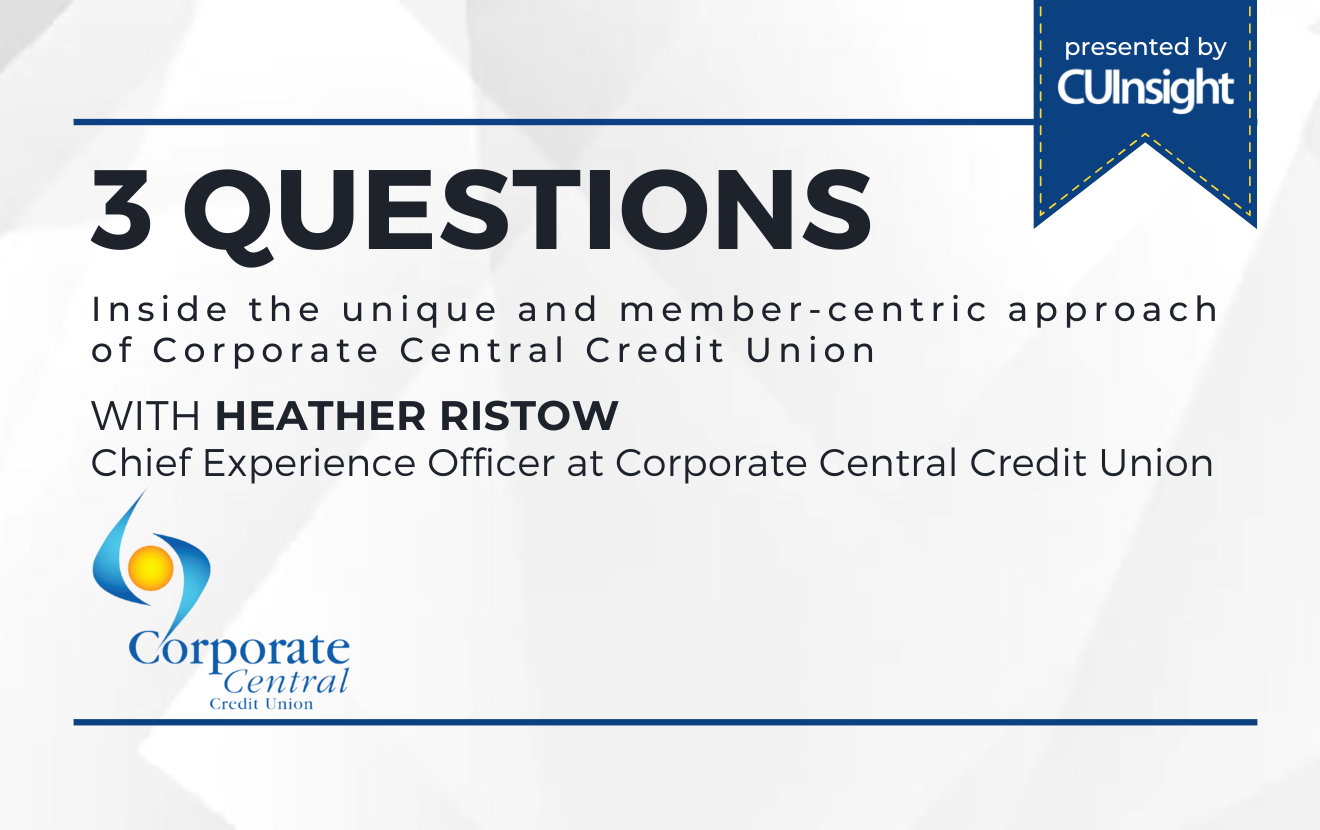Disorganization and contrary schools of thought are not uncommon within organizations, especially large ones. The idiom “the right hand doesn’t know what the left hand is doing” is often used to describe these situations. Sometimes these occurrences are harmless, easily corrected, and don’t create much harm. In other situations, great harm can occur to the people subjected to the disorganization, as well as to the organization that is disorganized.
I believe there is cause for concern with mixed messages about the NCUA Low Income Designation (LID). On one hand, the NCUA recognizes and addresses the uniqueness and importance of the LID credit unions in the space. On the other, there are examiners in the field who do not seem to understand these differences, and try to lump all credit unions, regardless of designation, into the same mold.
Our team spends a great deal of time working with LID credit unions. Small, medium and large, urban and rural, from Hawaii to New York and South Dakota to New Orleans, creating strategies and addressing issues that face these unique credit-union charters.
Among these LIDs are some of the best-run, high-impact, thriving credit unions. They serve many consumers that mainstream financial institutions will not serve (including some credit unions). Their business model is different. These credit unions price effectively for the higher cost and risk associated with serving low-moderate income consumers. Higher loan yields and fee income more than compensate for higher operating and provision expenses.
The LID credit union group is large and growing. Our team is contacted regularly by emerging LID credit unions and leagues to address the needs and identify potential strategies for this unique group. Today, there are 2,292 LID credit unions (38.1 percent of all credit unions). Their potential impact and success is vital for our movement as a whole.
The right hand
On the positive side, our Federal regulator promotes LID credit unions, making it easier for more credit unions to be so designated, and supports valuable regulatory relief for these credit unions. Thanks to regulatory relief, LID credit unions have been able to access hundreds of millions of dollars in secondary capital to fund outreach to lower-income communities – funding growth, expanding business lending, and providing capacity building grants – and provide Economic Development Specialists to help smaller credit unions (many of these great people are my friends).
In 2010, the NCUA issued the supervisory letter.[i] The letter was incorporated into Chapter 23 of the NCUA Examiners Manual – the chapter on LID credit unions. The guidance discusses the characteristics, benefits, and unique challenges of LID credit unions and it further states: “Examiners should remember; however, all federal credit unions have a continuing obligation to meet the financial service needs of people of modest means...Examiners should consider these member characteristics and take them into account when they evaluate LICU loan portfolios as well as the products and services these credit unions offer.”
During her tenure, NCUA Board Chairman Debbie Matz was credited for saying, “LID credit unions are lending more than other types of financial institutions and growing stronger.” She also noted that low-income credit unions are “national trendsetters” and that “the collective success of low-income credit unions demonstrates that credit unions can do well while serving people of modest means.”
On the right hand, the NCUA has made significant and impactful resources available for credit unions intentionally serving lower-income consumers. I, for one, sincerely appreciate the NCUA’s efforts in supporting low-income credit unions!
Meanwhile, on the left hand...
I’ve heard repeatedly from many credit union leaders that their examiners don’t seem to understand LID – and don’t care to. They don’t seem to understand the business model. An examiner once said to me, “Why would a credit union ever want to lend to someone with bad credit, someone who has obviously demonstrated they don’t care to pay their bills on time.” I suggested to this examiner they go back and read the 2010 NCUA letter to get a better understanding of the lower-income target market these credit unions were chartered to serve.
The most prevalent is the lack of understanding of how the low-income business model works. LID credit unions tend to have higher operating and provision expense ratios. It’s a fact of life: serving a lower-income (and credit-challenged) consumer costs more. It’s a high-touch business. It has to be to provide the right skill development and manage risk. It shouldn’t be a shocker that provision expenses are higher as well.
However, these credit unions also tend to have a much higher average loan yield and fee/other income, which compensates for the higher operating and provision expenses. I frequently see credit unions that have to run the gauntlet with their examiners because their operating expenses or provision expenses are higher than their NCUA peer group – even though they have a higher ROA and net worth than their peer. I don’t believe you can fairly compare functioning LID credit unions with their NCUA non-LID asset peer group.
Now, I believe there is fair criticism for LID credit unions who have higher expenses, but don’t have the higher loan deployment, loan yields, or fee income – which would be an unsustainable business model. These credit unions have a problem that needs to be fixed, or they won’t remain sustainable for long. I find that many of these credit unions don’t have an expense problem as much as they do a pricing problem. Yet, they are “told” to focus on the expense problem.
Why it matters
It’s important for field examiners to understand the differences and uniqueness of the LID model. These credit unions can’t always be pigeonholed with non-LID asset sized peers. If an examiner tells a low-income designated credit union not to underwrite any higher-risk loans (I hear this from credit unions frequently), they might as well say find a merger partner and an exit strategy. Being an LID credit union isn’t easy, and sometimes it’s not for the faint of heart. But like any other risk we take (we are in the risk business), it must be accompanied with a solid business plan, sustainable pricing, and strong risk management – not risk avoidance.
Credit unions have an important role to play in this as well. Some receive very fair scrutiny from examiners when they lack an appropriate understanding of their own model, and lack the business plan needed for higher risk-management. They need to understand their business model well enough to defend it.
As a movement, I believe our single biggest differentiator (bigger than the cooperative structure) is that we have thousands of institutions specifically designated to serve millions of lower- to moderate-income underserved markets. If these goes away, the power of our collective voice is diminished.
[i] https://www.ncua.gov/Resources/Documents/LCU2010-01Encl.pdf







